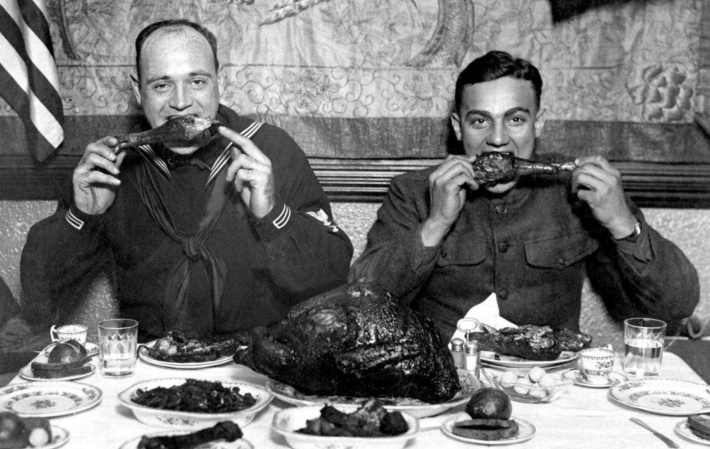Leave it to military veterans to make one of Earth’s last tests of human endurance that much more difficult. It’s a 6,000-mile bike ride from the town of Jonkoping, Sweden, to the base camp of Mount Everest. Former Swedish paratrooper Goran Kropp knew how far it was as he packed up his bicycle with 200-plus pounds of gear and departed on that trip in 1995.
His first summit of a major mountain came when he climbed the highest peak in Scandinavia with his dad – at just six years old. Although he indulged a rebellious streak as a young man, the experience of that first climb never left him, and he soon found himself in thin air once more.

Kropp grew up as a hard-partying punk rocker but soon joined the Swedish paratroopers. This was the event that would shape Kropp for the rest of his life. He met his climbing partner while in the army and moved from an apartment to a tent pitched in a gravel pit that was close to his barracks. While still in the Swedish military, he would test himself through different climbing endurance challenges. The two paratroopers even made a list of progressively higher mountains.
Until it was time to go climb them.
He soon earned the nickname “The Crazy Swede” and became known for his insane feats. The first major peak he summited was Tajikistan’s Lenin Peak, far below the 8,000-meter “Death Zone” of mountaineering, but still a great place to start. What made his summit of Lenin Peak special is that he set the record for it at the time.

The hits just kept coming. Kropp was the fourth climber ever to conquer Pakistan’s Muztagh Tower in 1990. He was the first Swede to summit K2, a much deadlier mountain to climb than Everest. One of every ten people who climb Everest will die there. On K2, the fatality rate is more than twice that. Climbers of K2 regularly face life-threatening situations that end their trip before it begins.
On Kropp’s first attempt at a K2 summit in 1993, he stopped to help rescue Slovenian climbers stranded at a high altitude. His ascent on K2 would happen a week after this aborted attempt, but danger didn’t always stop Kropp. That’s why it took him three attempts to summit Everest.

Kropp leaving Sweden for Nepal in 1995.
Kropp left Sweden on his 8,000-mile journey to Nepal in October 1995 and arrived at base camp in April 1996. He wanted to make the ascent without the use of oxygen tanks or assistance ropes. His first attempt saw him struggle to make it to the south summit in waist-deep snow, but his slow pace meant he would be descending in the dark, a risk he was not willing to take. So, he turned around to climb another day.
As Kropp recovered at base camp, a blizzard killed eight trekkers making a descent from the summit, in what became known as the 1996 Mount Everest Disaster. It was the deadliest climbing season on Everest to date. Kropp joined the relief efforts as he recovered, but it was during this deadly season that Kropp summited the mountain, without oxygen and without sherpas.
Then, he rode his bike 8,000 miles home to Sweden.

From Paratrooper to Adventurer.
He climbed five of the world’s fourteen 8,000-plus meter mountains and was the only Swede to summit Everest twice.
In later years, Kropp and his wife skied across the North Pole ice sheet, attempting to reach the North Pole. He had to back out, however, due to a frostbitten thumb. It was on that trek that the press turned against him, claiming he was a poacher for shooting a Polar Bear that was stalking him and his wife during the expedition. As a result, Kropp left Sweden for Seattle.
It was in Washington State that 35-year-old Kropp died an ironic death. After making so many miraculous summits and life-threatening firsts, he died climbing a routine 70-foot rock wall near his home after two safety rigging failures.


















